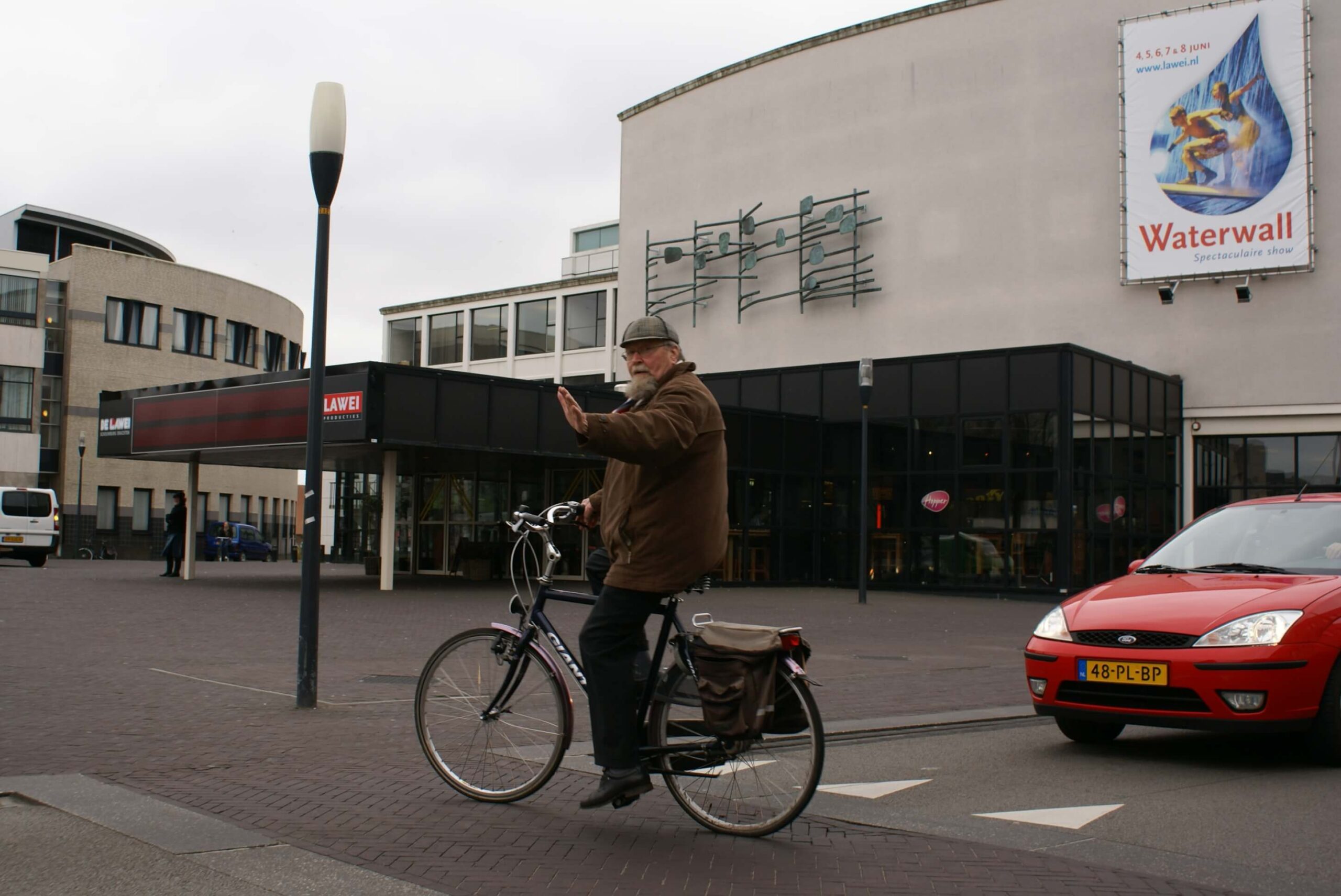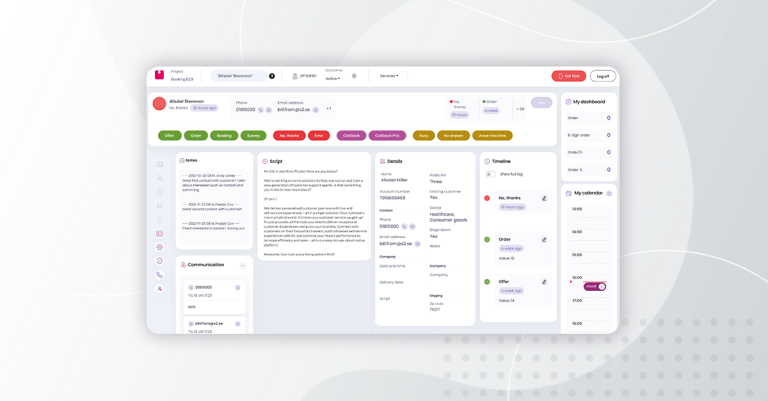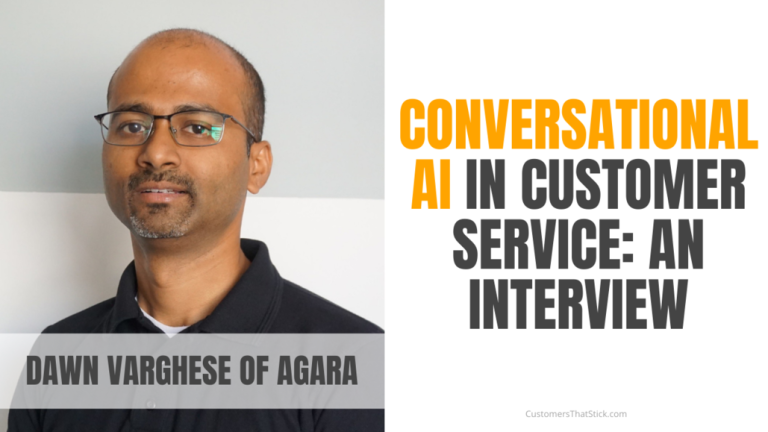Road safety is an excellent example of a system where many have tried to change the public’s behaviour and stop things from going wrong.
Error proofing is a common approach, making things easy to get right and difficult to get wrong, but it isn’t without its problems.
Anti-Lock Braking
During the 1980s, two German scientists studied the effectiveness of antilock-braking systems by following a fleet of taxicabs in Munich (Aschenbrenner, 1994). As this was the 1980s, ABS wasn’t widespread; some of the taxis were fitted with the innovation, and others had conventional braking systems.
The researchers discovered that the crash rates for the cars with ABS were marginally worse (though not statistically so) than those without. The error-proofed vehicles were no safer to ride in.
Cycling Helmets
In 1998 another research team studied cycling accidents, working their way through the accident statistics among U.S. cyclists (Rodgers, 1988). They found that bicycle-related fatalities are positively and significantly associated with increased helmet use. If Americans wore helmets, they were more likely to die on their bicycle than if they didn’t.
In this case, not only did error-proofing not work, but it also made things far worse.
Risk Compensation
The scientists devised a theory with the tantalising name of “risk compensation” to explain what was happening. It suggests that people adjust their behaviour depending on the amount of risk they perceive. The riskier a situation appears, the more carefully they behave.
The opposite, however, is also true. The German taxi drivers felt safer, so they took more risks whilst driving. The same increase in risky behaviour was true of drivers in the U.S. who thought that cyclists who wore helmets were less vulnerable. (They were proven to be wrong).
Preventing Mistakes
The theory isn’t without its sceptics but highlights a valid point. There are two options if you want to implement systems that stop your staff from making mistakes.
The first is to build safer systems – make it easy for your staff to get it right.
The second is to increase the perceived risk – make your staff more cautious.
In Holland, using “shared space” — where pedestrians and drivers use the same paths — has made drivers more cautious (the risks are more apparent) and reduced accidents.
Do your employees understand what could go wrong? If not, how could you show them?
If you enjoyed this post, click here to receive the next.
Read another opinion
Image by Fietsberaad






+ There are no comments
Add yours